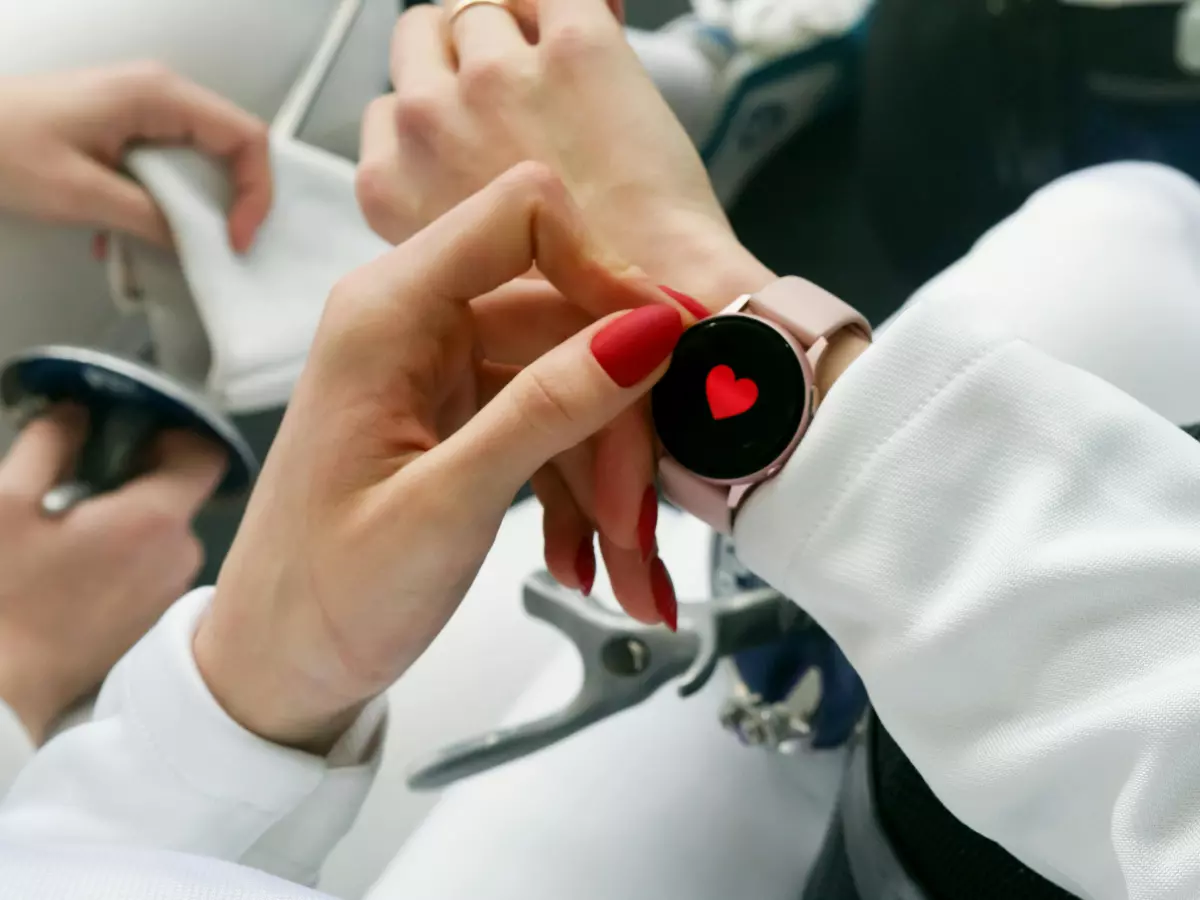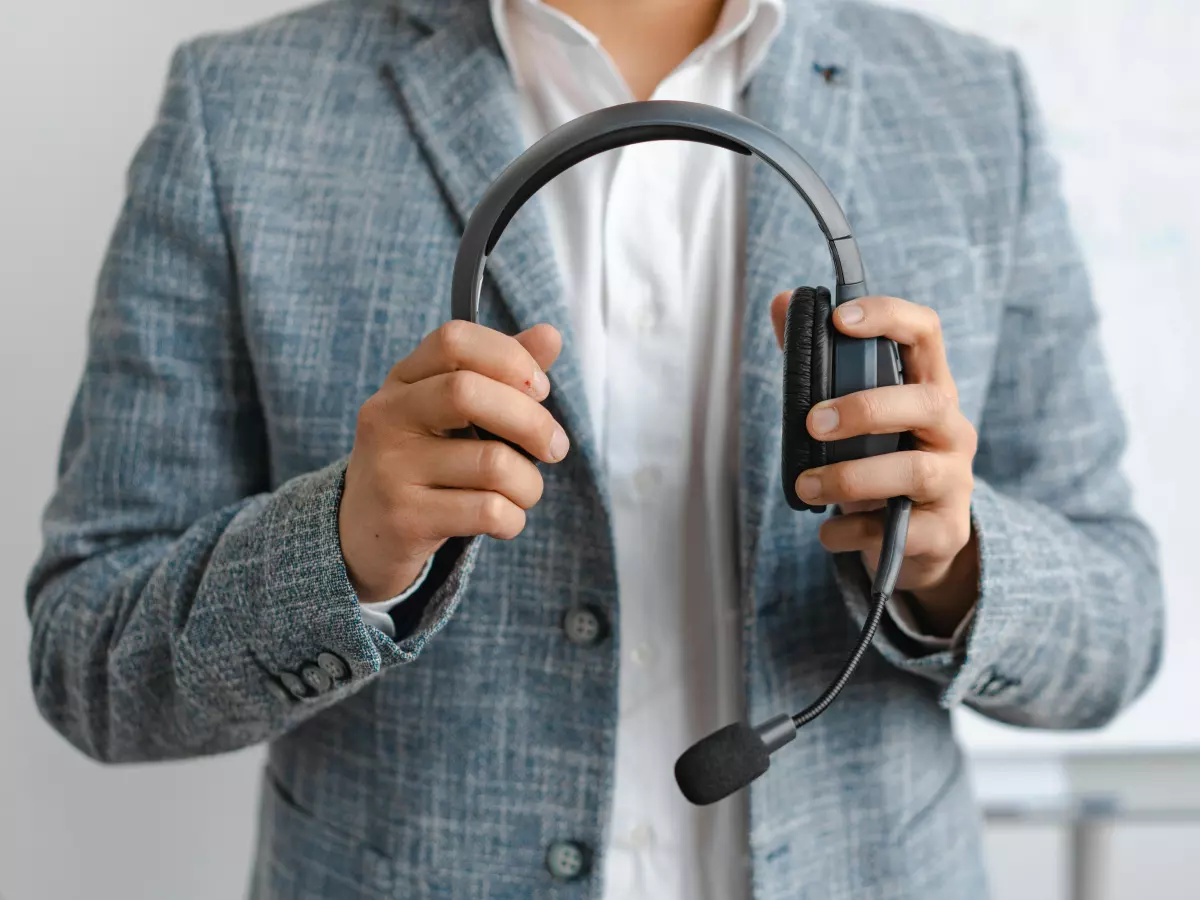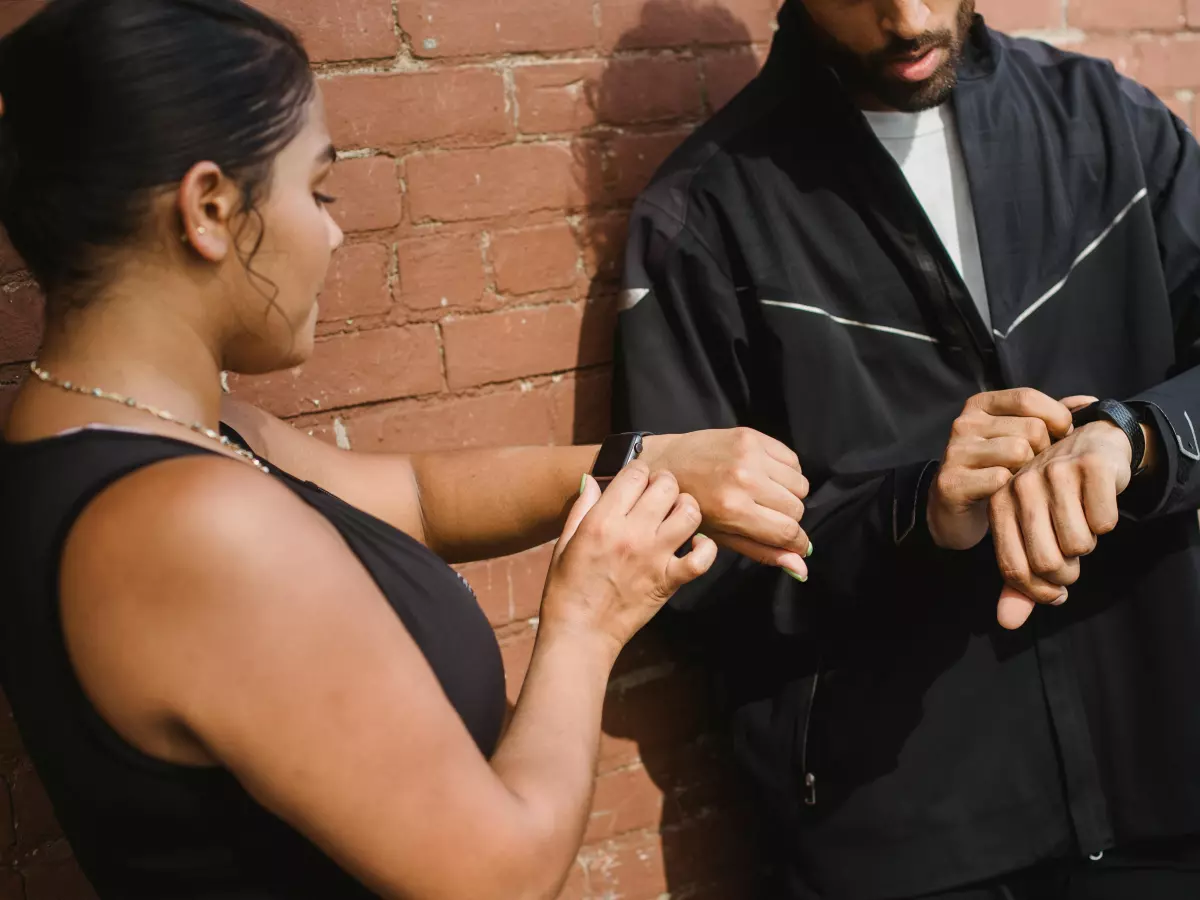Wearables: The Balancing Act
Ever wonder how your smartwatch or fitness tracker manages to keep running all day, despite all the sensors it’s juggling? It’s not magic—it’s a delicate balance of hardware, software, and some serious battery management. But how exactly do these devices make sure they don’t die on you halfway through your day?
By Kevin Lee
Let’s face it, wearables are packed with sensors—heart rate monitors, accelerometers, gyroscopes, GPS, and even SpO2 sensors. These sensors are constantly collecting data, feeding it into the software, and giving you real-time feedback on everything from your steps to your stress levels. But here’s the kicker: all of this takes power. And if you’ve ever had your smartwatch die on you mid-run, you know how frustrating it can be.
So, how do wearables manage to keep all these sensors running without draining the battery in a matter of hours? It’s all about balance—balancing the power-hungry sensors with the limited battery life, while still providing a seamless user experience. Let’s dive into how this balancing act works.
The Sensor Overload
Wearables are like mini data-collecting machines strapped to your wrist. Each sensor has a specific job: the accelerometer tracks your movement, the heart rate monitor keeps an eye on your pulse, and the GPS tracks your location. But here’s the thing—each of these sensors requires power to function. And the more sensors a wearable has, the more power it needs.
For example, the GPS sensor is notorious for being a battery hog. If you’ve ever used your smartwatch to track a long run or bike ride, you’ve probably noticed how quickly the battery drains. That’s because the GPS sensor is constantly communicating with satellites to pinpoint your location, which takes a lot of energy.
Other sensors, like the heart rate monitor or accelerometer, use less power but are still running in the background, collecting data throughout the day. It’s a constant drain on the battery, even if you’re not actively using the device.
Battery Life: The Lifeblood of Wearables
Battery life is one of the most critical aspects of any wearable device. After all, what good is a smartwatch if it dies halfway through your day? Manufacturers know this, which is why they’re constantly working to improve battery efficiency in wearables.
One way they do this is by optimizing the software to make sure the sensors are only active when they need to be. For example, your smartwatch might only activate the GPS sensor when you start a workout, rather than keeping it on all the time. Similarly, the heart rate monitor might only take readings at intervals, rather than continuously monitoring your pulse.
This kind of smart power management helps conserve battery life without sacrificing the functionality of the device. But it’s not just about turning sensors on and off—wearables also use algorithms to predict when you’ll need certain sensors and adjust accordingly. For example, if your smartwatch knows you usually go for a run in the morning, it might start prepping the GPS sensor ahead of time to ensure it’s ready when you need it.
Software Integration: The Unsung Hero
While sensors and battery life get most of the attention, the software running behind the scenes is the real MVP. Without smart software integration, wearables would be nothing more than fancy wristbands with a bunch of sensors strapped to them.
The software is responsible for managing the data collected by the sensors, making sense of it, and presenting it to you in a way that’s easy to understand. But it’s also responsible for managing the power consumption of the device. This is where things get tricky—how do you provide real-time data without draining the battery?
One solution is to use low-power modes. For example, many wearables have a “sleep mode” that reduces the power consumption of the sensors when the device isn’t in use. This allows the wearable to conserve battery life without sacrificing functionality. The software can also prioritize which sensors are most important at any given time, shutting down less critical sensors to save power.
Another key aspect of software integration is data compression. Wearables collect a massive amount of data, but not all of it is useful. The software can compress the data, only sending the most important information to the processor, which helps reduce power consumption.
Battery Technology: The Next Frontier
While software optimization and smart sensor management can go a long way in improving battery life, there’s only so much you can do with the current battery technology. Most wearables use lithium-ion batteries, which are lightweight and efficient, but they have their limitations. As wearables become more advanced, with more sensors and more features, the demand for better battery technology is only going to increase.
One potential solution is solid-state batteries, which have the potential to store more energy in a smaller space. This could allow wearables to pack more sensors and features into a smaller device without sacrificing battery life. Another option is energy harvesting, where wearables could potentially generate their own power through movement or body heat. While these technologies are still in the early stages, they could revolutionize the wearable industry in the future.
The Future of Wearables: Smarter, Faster, Longer
So, where do we go from here? As wearables continue to evolve, we’re likely to see even more sensors packed into these devices, along with more advanced software to manage them. But the real game-changer will be improvements in battery technology. Whether it’s solid-state batteries, energy harvesting, or some other breakthrough, the future of wearables will be defined by how well they can balance sensors and battery life.
In the meantime, manufacturers will continue to refine the software and sensor management to squeeze every last drop of battery life out of these devices. And who knows? Maybe one day we’ll have wearables that can run for weeks or even months on a single charge. Until then, we’ll just have to keep balancing sensors and battery life, one step at a time.




